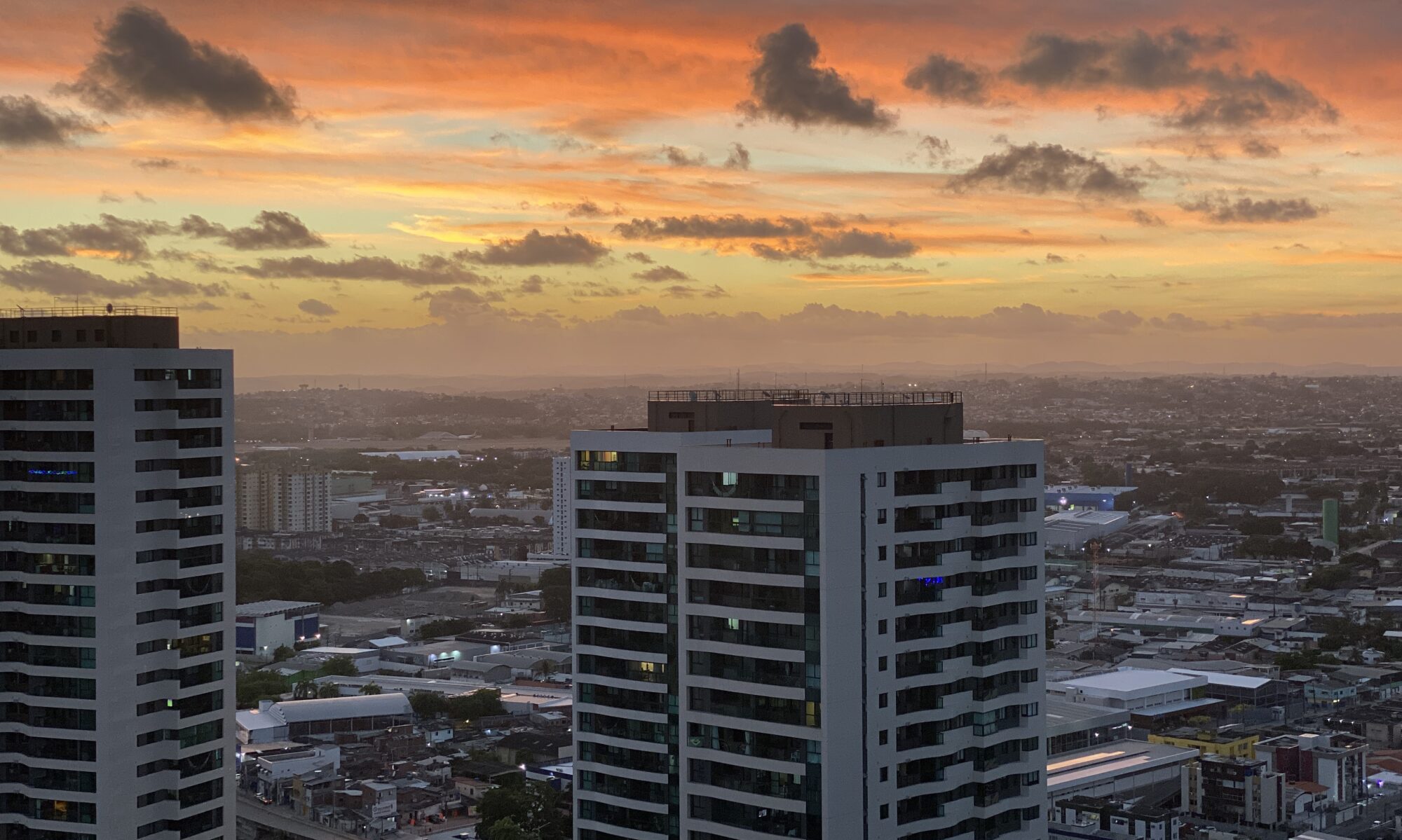- Biological Reserves
- National System of Conservation Units (SNUC)
- Non-Governmental Environmentalist Organizations
- Registered Natural Areas and Other Protected Areas
In addition to the strict definition of nature protection by means of official systems for the management of natural resources, Brazil has several other categories of protected area that are of interest. The oldest is the area for the culture and protection of unusual scenery. In Brazil these areas are known as registered areas (“Áreas tombadas”) taking their name from the Torre do Tombo in Lisbon, Portugal. Since colonial times, this building has been the repository of Portugal’s most important historical documents. Because of their exceptional features, these natural areas are subject to restrictions that have been placed on their use as a form of protection.
The most noteworthy of Brazil’s registered natural areas are the Sugar Loaf Mountain and the Corcovado Peak in Rio de Janeiro. In addition, several Brazilian states have registered large tracts that form part of the Mata Atlântica, particularly along the Mar and Geral mountain ranges in the south and south-east of the country. Those areas are protected because they are symbols and well-known features within Brazil as well as because of the conviction that nature forms the cultural basis of a people. In addition, the new Brazilian Constitution has decreed that the Brazilian Amazon, the Mato Grosso Marshlands, the coastal region, the Serra do Mar and the Mata Atlântica are forms of the national heritage, obliging the State and all citizens to accord them special care and attention.
In a different category of protection that has existed since the first half of the twentieth century, forming part of forestry legislation, are areas designated as being permanently preserved. When the first Brazilian forestry laws were published, the mangroves were protected as well as all forms of native vegetation growing by springs and on the banks of rivers and lakes, on slopes of more than 45°, on hilltops and in areas above 1,800 metres above sea level. This was to ensure the protection of fishery production and the stability of natural springs. Although the legislation has not been fully enacted, these areas of permanent Pform a significant mass of protected native vegetation.
More recently and in acknowledgement of the responsibility and increasingly important role to be played by society in nature conservation, the system of Private National Heritage Reserves, a conservation project that has its basis in law and which covers private property that still bears traces of the existence of primitive and semi-primitive nature, which has either been restored or has features that justify restoration, because of the uniqueness of the landscape or in order to preserve the biological cycle of the native fauna and flora. Their creation is the result of an initiative on the part of the landowners and compulsory acquisition of land is not involved. Under this scheme, any owner whose land contains significant traces of native vegetation may apply to the government to have it designated as a Private National Heritage Reserve and receive a series of incentives. The system has expanded rapidly throughout Brazil and is further evidence of the growing interest in the conservation of the ecosystems.
Although not included as a category of conservation, the Native Reserves should also be mentioned, covering an area of dozens of millions of hectares of native vegetation throughout Brazil. The system is not an explicit form of nature conservation but it represents a large area of land that is of enormous significance from a biotic point of view. In addition to these, the areas of tourist interest should be mentioned as well as areas for the protection of natural springs that have been used in different regions in order to achieve specific objectives.

